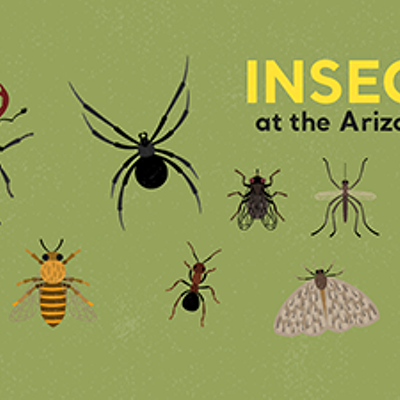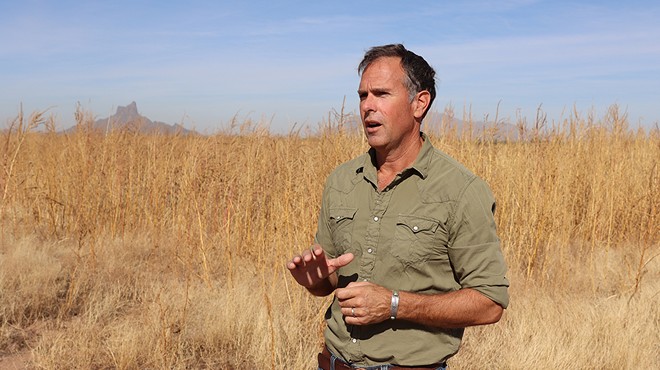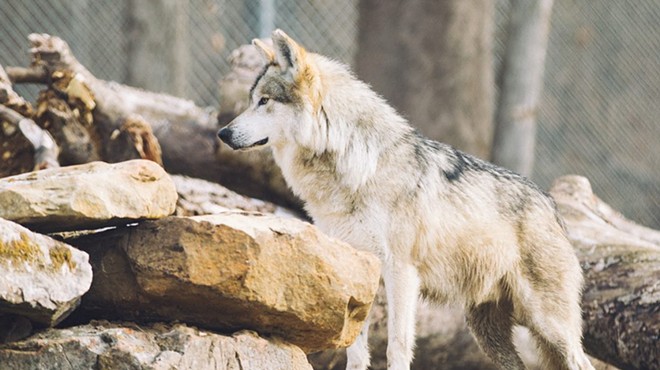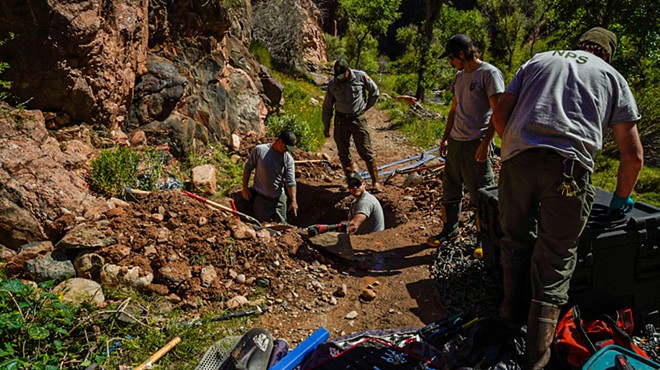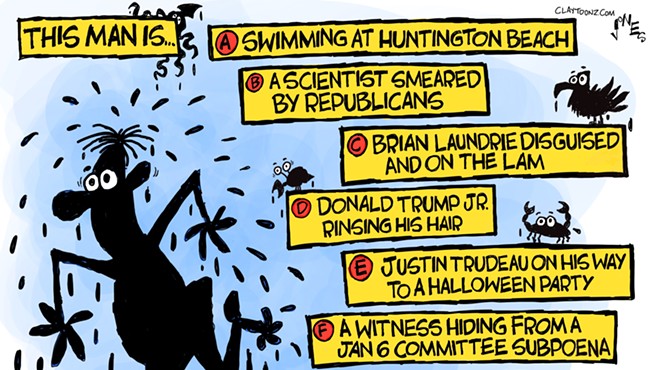Thursday, February 19, 2015
Remembering Charles Bowden
Chicago writer Will Gosner pens a remembrance to the late Charles Bowden:
“Nature” is a word that Bowden actively disparages, but his books are filled with dirt, plants, woods, rivers, and oceans, and Some of the Dead Are Still Breathing teems with animals. And while he couches his move west in all the seductive mythos of going to an untamed land, the animals that make the greatest impression on him are the ones he can see from his back porch, the city creatures. He admires a pair of cardinals nesting in his yard, noting approvingly that they belong to a species flourishing and expanding its range in the human-ravaged world. He recounts how his dog came to the defense of a familiar desert tortoise when a neighbor’s pet dog attacked the poor animal. But the creature that commands Bowden’s most sustained attention is the snake. In particular he gets to know a western diamondback rattlesnake that rests on his porch during the daytime. He calls her Beulah.The many hours Bowden spends in contemplation of and in companionship with Beulah are productive ones in his philosophical quest. He wonders about humans’ fear and hatred of these reptiles and notes that the human experience of snakes is informed largely by being bitten by them: “for thousands of years, human contact with rattlesnakes in the wild has gone like this: we collide with rattlesnakes or we have no contact with them at all. It is as if we based our entire knowledge of automobiles on head-on collisions.” From this narrow range of experience, we’ve concluded that snakes are avatars of violence, some evil incarnate. Bowden recognizes the utility of this conclusion: it creates a “strange comfort zone” in which we feel justified in our hatred of snakes and therefore righteous when we slaughter them with impunity.
This view is one small rationalization of many that together form the “culture of death” that Bowden badly wants to understand and transcend. Between the peaceful hours with Beulah and a thorough investigation into the scientific literature and field studies on snakes, he finds a more honest perspective. He learns that they spend most of their time in stillness, capable of going months between meals. That they avoid confrontation at almost all costs. Like many nature writers, Bowden finds nobility and undeniable authenticity in such animals and tries to mimic the snake’s simultaneous repose and raptness. He writes about how he “would slip into snaketime for hours, doing nothing as the snake beside me did nothing. It was not simply losing track of hours or days. It was diving deep into the moment and yet at the same time finding each moment immense and full.” Bowden isn’t a sentimental writer and doesn’t pretend to understand what it means to be a snake, nor does he accept that any scientific observation can bridge the human-reptilian gap. Snakehood is, in the end, an alien culture.
And yet Bowden can’t abide such a bloodless, resigned conclusion either. Snakes might teach stillness and patience beyond comprehension, but they are not neutral observers. They kill, procreate, and survive with an intoxicating vitality. Bowden writes, “Snakes are alert to what is out there. The smell of this world, the play of light, the sound of a faint footfall, the sky, and the sun. And certainly the moon given the hours they keep. But it is impossible to think of neurosis in a snake. They live in a great amphitheater of sensations, we live in a stale closet of concerns.” Here and elsewhere in Bowden’s work, animals serve as a barometer against which humans can measure themselves. Their heightened sensory abilities, lives spent in unbounded time, and freedom from worry and guilt throw humans’ fundamental alienation from the world into higher relief.
But having articulated what seems to be an inescapable trap, Bowden commits himself to fighting it anyway. The way to escape, he concludes, is by rejecting the rationality and exalted self-awareness that closed us off from the world and corrupted our moral lives in the first place; in other words, to become more like the creatures all around us. This decision to the leave the “closet of concerns” becomes a crucial pivot for Bowden, a metaphor for his move back west, and the impetus of his lifetime literary project. He attempted to write an account of the world conveyed through primary sensations, animal-like in its immediacy. His books became more and more elliptical and fragmented, and, by the time he wrote Some of the Dead, his words unroll in a cascade of images. Frank memories of sexual encounters are juxtaposed with quiet scenes of nesting birds; a plainspoken recitation of the damning facts of modern civilization’s resource use shares pages with the “old house, limestone in the sun, the creek, the barns, that first dog.” Bowden is a central character, and he is unembarrassed to describe his own desires for sex and violence, drawing parallels between his own life—and, to the extent that he makes himself a stand-in for all humankind, human society at large—and the procreating and death-filled world of animals. He refuses routine questions and analysis, but an argument unfolds all the same: we always already were animals. We were born as creatures, no better or worse than a snake; the culture of death is our shared fate. Bowden suggests that in admitting this fact, we’re on our way toward a clarity of vision that might not get us out of the mess we’ve created—he’s not rosy about the long term—but will at least allow us to survive without fear, to “live in the future.”
The whole thing is worth your time. Gosner, BTW, is the son of Weekly arts correspondent Margaret Regan and, judging from this essay, has definitely inherited his mom's extraordinary skill with the written word.
Tags: Charles Bowden , Nature , Snakehood








